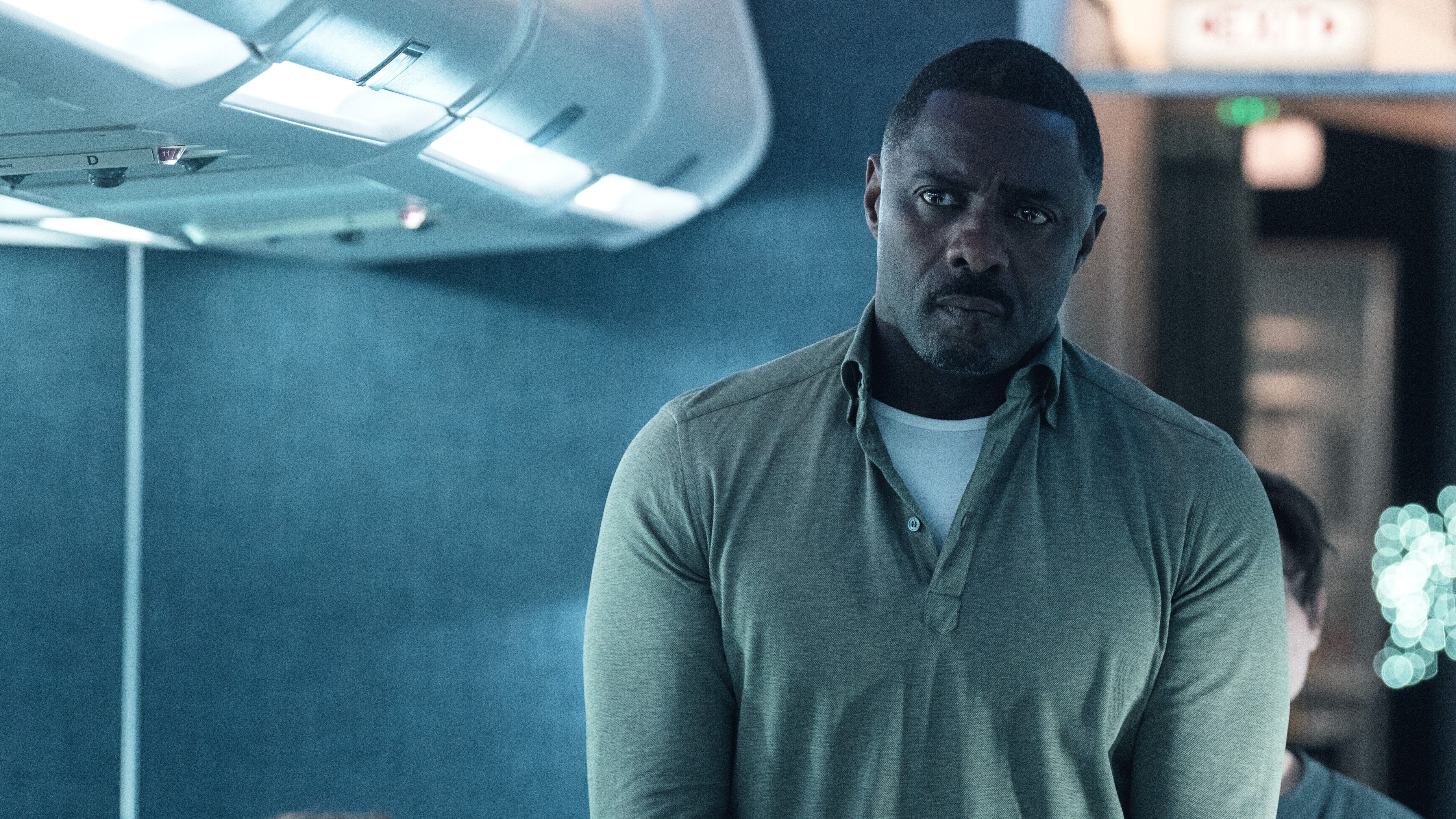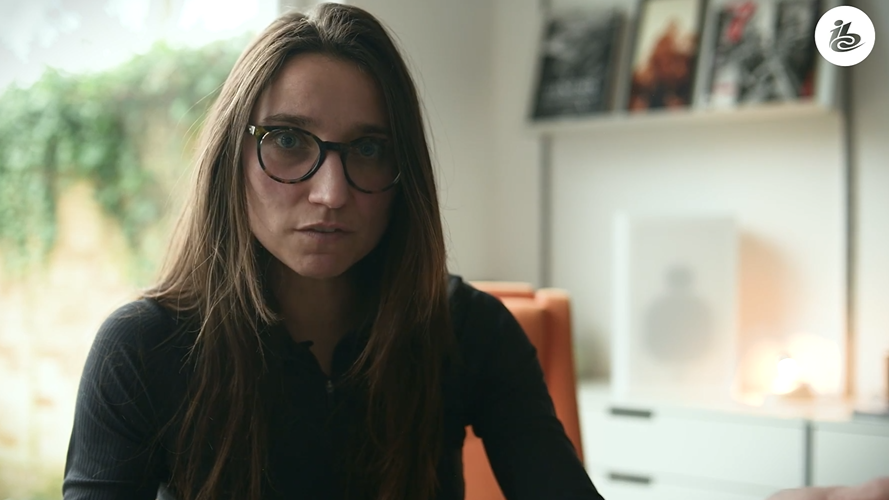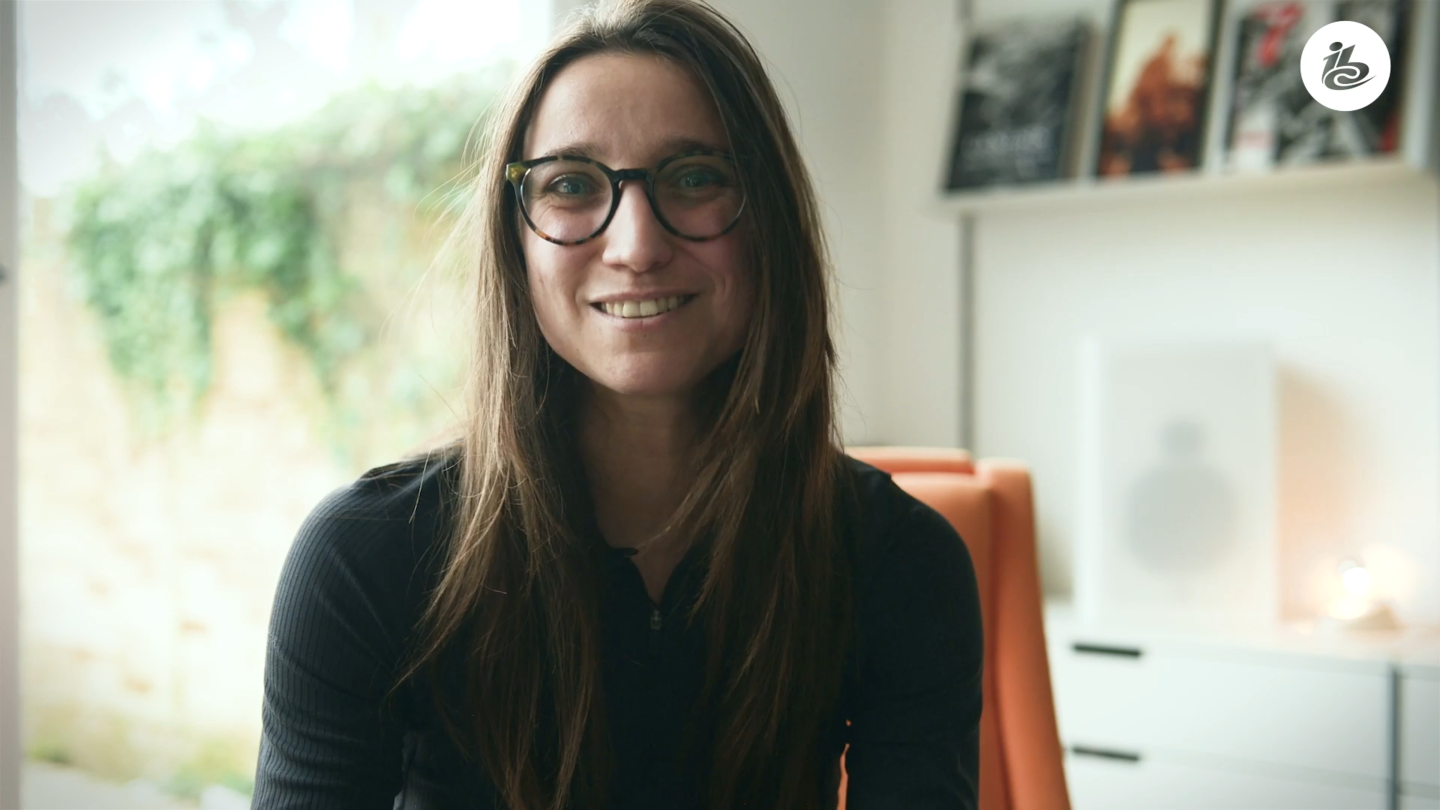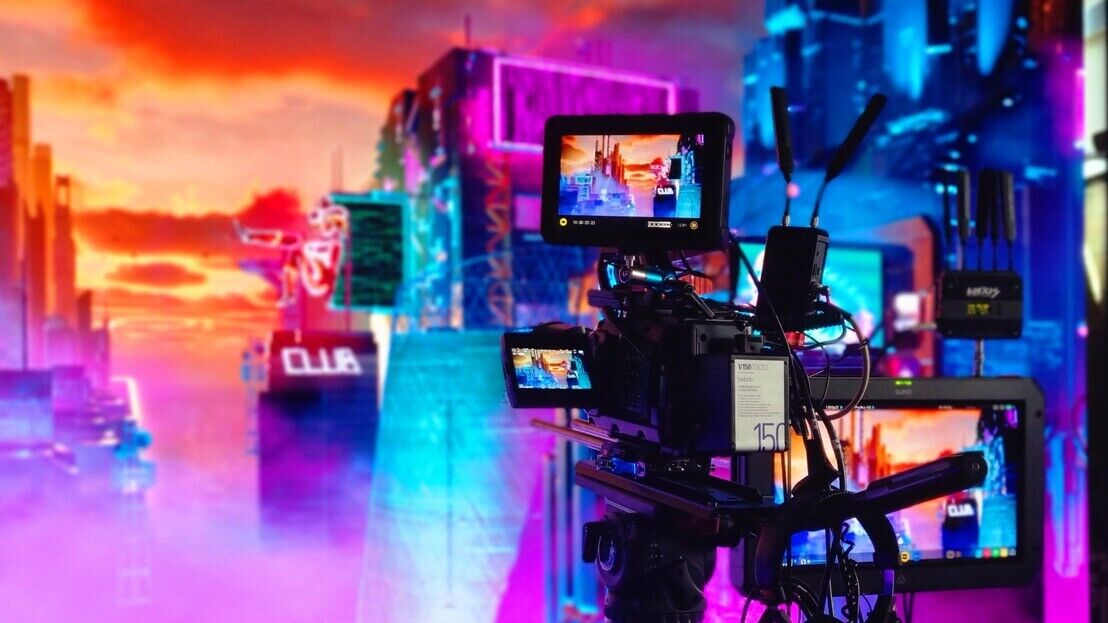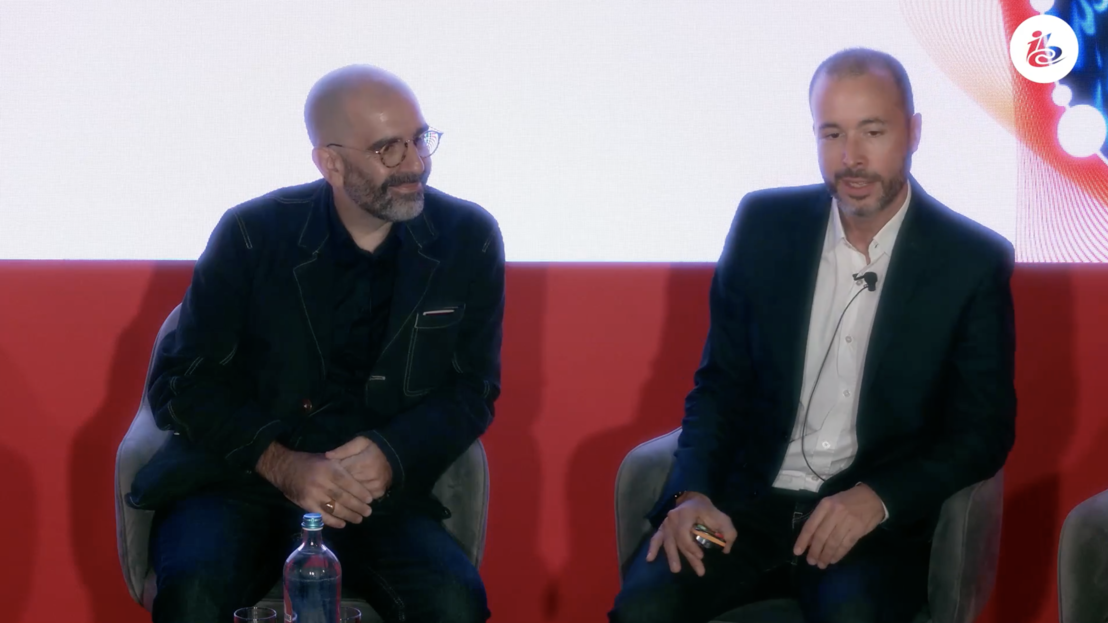Virtual production technology has reached a new level of sophistication and many productions are now being written with a Volume in mind. However, it is not right for all stories and some tech gremlins remain, writes Adrian Pennington.
LED volumes for the production of in-camera visual effects (ICVFX) are now a maturing technology, according to a post-IBC show report by Futuresource Consulting.
The report also concludes that virtual production (VP) and extended reality (XR) have gone past the “hype phase” of their development, with the performance of systems now being refined and the technology becoming accessible to more users.
A key factor in this is increased ease of use, with installations no longer reliant on a technical team with specific, specialised technical skills to operate the equipment. Manufacturers are now producing VP systems that are not as challenging to run, with software and firmware upgrades appearing on a regular basis to enhance the production of content on LED volumes...
You are not signed in
Only registered users can read the rest of this article.

Poacher turned gamekeeper: Netflix rules, for now
Netflix raids Hollywood to land a giant of old media, but having offered billions over the odds for ageing IP, would a smarter play have involved the creator economy?

Truth in the age of deepfakes: Building trust in the human-machine era
As deepfakes become prevalent throughout the media industry, experts at the BBC, Guardian, and ITN wrestle with the implications of today’s unprecedented levels of disinformation and distrust.

Rory Peck Awards: Truth has never needed its defenders more
This year’s Rory Peck Awards was an affirmation that press freedom is in severe danger, that it has become a vicious fight to sustain that facts matter. George Jarrett reports.

Camerimage: “The time to be afraid of AI was two years ago”
The festival of cinematography remains political with the rise of AI and gender equality bubbling beneath the surface.
.jpg)
Content Everywhere: Disruptive forces in 2025, from AI to ROI and SGAI
Looking back over 2025 to date, it’s clear that AI continues to widen its role in the Content Everywhere ecosystem, and many companies are becoming more discerning about how and where the technology should be applied to streaming and video technology. Clearly, there is still much more to come, and much more to learn, but what have recent developments taught the industry to date?

